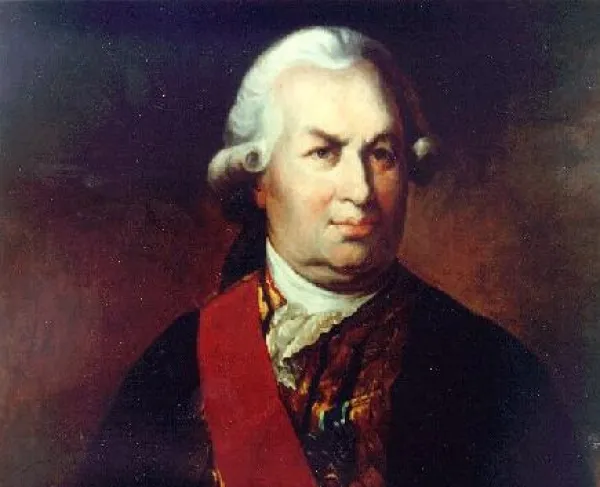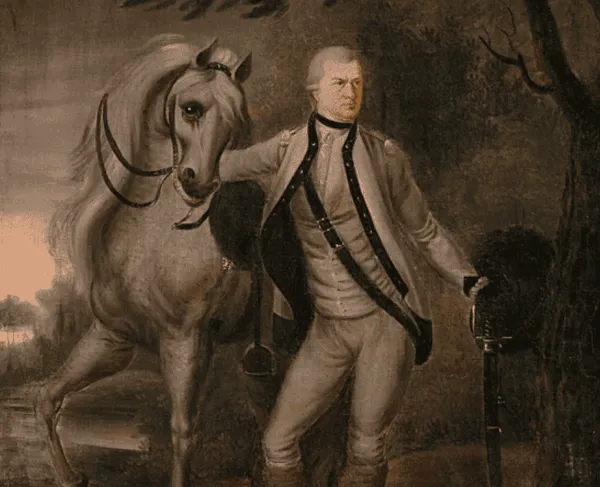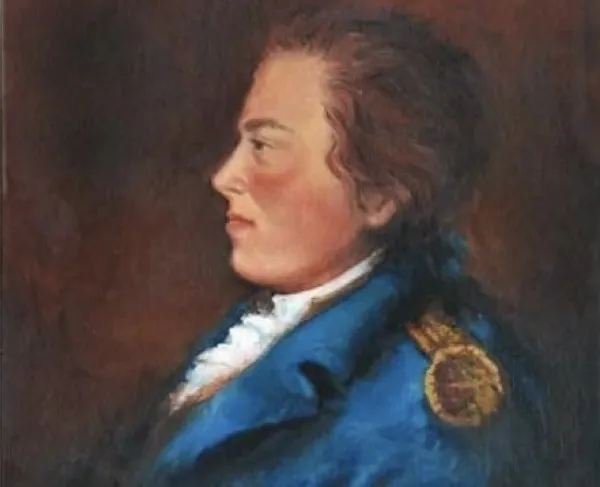Comte de Grasse

The most important strategic decision that set Gen. George Washington’s Continental Army on the path to victory in the Revolutionary War was not made by Washington, but by French Admiral François Joseph Paul de Grasse.
When de Grasse was ordered to sail with his French fleet from the West Indies to America in 1781 to assist Washington and French General Jean-Baptiste Donatien de Vimeur, comte de Rochambeau in the War for American Independence, the French navy commander was given a choice of specific destination.
Washington was eager to attack the British stronghold in New York City. Rochambeau, who had arrived with a small army in 1780 to help the Americans, favored confronting Gen. Charles Cornwallis and his British army at Yorktown, Va. For either target, strong naval support from de Grasse’s fleet was essential.
De Grasse sided with Rochambeau and chose Virginia. It was closer to his fleet’s base, and the mouth of the Chesapeake Bay was more navigable than New York harbor. His decision set in motion the course of events that would lead to America’s victory in the Revolutionary War.
Born to one of the oldest families of French nobility in 1722, de Grasse entered the French navy in 1739 at 17 years old. By the time he was given command of his own ship in 1754, de Grasse had already fought in the War of Austrian Succession, been seriously wounded, captured and held for three months in England as a prisoner of war.
He also fought in the Seven Years’ War and in the East Indies before being promoted to captain in 1762 and to rear admiral in 1779. In 1781, as a full admiral, he sailed with a fleet of 23 ships of the line to protect France’s interests in the West Indies.
Arriving in Haiti, de Grasse found the dispatch from America waiting for him. He responded quickly, and by Aug. 15, 1781, Washington and Rochambeau knew de Grasse was sailing for Virginia to confront the British fleet protecting Cornwallis from a naval assault.
On Sept. 5, in the Battle of the Capes, the two fleets faced off and blasted away for two hours. Amidst the storm of broadsides and the fire, smoke, and deafening din, the French had the edge as they battered the British ships, severely damaging and crippling five of them.
Outnumbered and too badly damaged to continue the fight, the British fleet hurried to New York for repairs and reinforcements, leaving Cornwallis completely surrounded by enemy forces on both land and sea.
On Oct. 19, 1781, twenty-five British warships and 7,000 troops set sail for Virginia to rescue Cornwallis, but they were too late. Cornwallis had already asked for terms and had surrendered his army that very day, spelling the end of the war and the end of British rule over the colonies.
De Grasse returned to the West Indies in November to continue the fight against the British navy. On April 12, 1782, he was decisively defeated in the Battle of the Saintes, a furious, day-long contest in which both fleets were fully engaged. De Grasse’s flagship was left in shambles and had to strike its colors. Once again, he was taken prisoner and carried to England. After peace came in 1783, de Grasse returned to France and defended his actions, blaming his captains for his defeat. A court martial exonerated all his captains. De Grasse’s military career was over. He died in Paris four years later.
However, de Grasse’s success at the mouth of the Chesapeake Bay was one of history’s most consequential naval victories. Washington, writing to de Grasse, said, “You will have observed that, whatever efforts are made by the land armies, the navy must have the casting vote in the present contest.”





